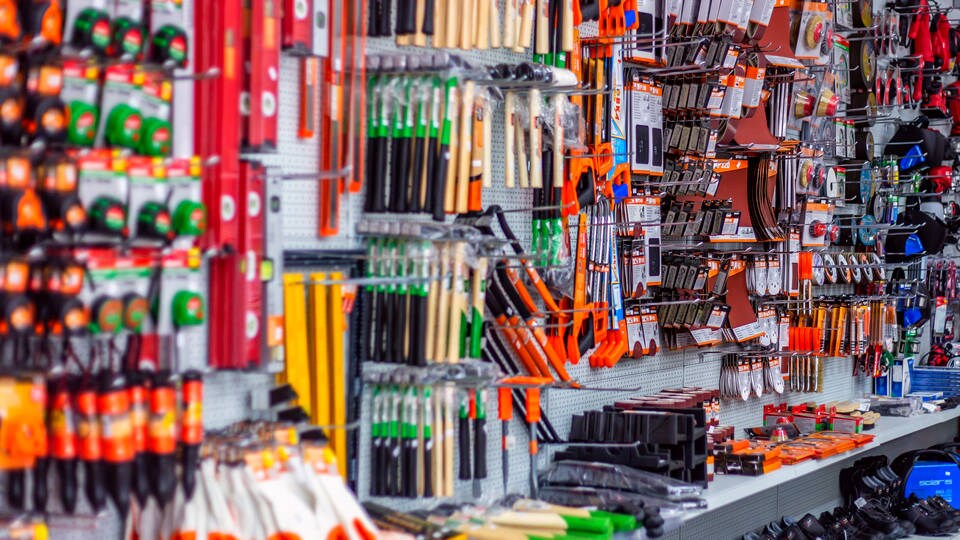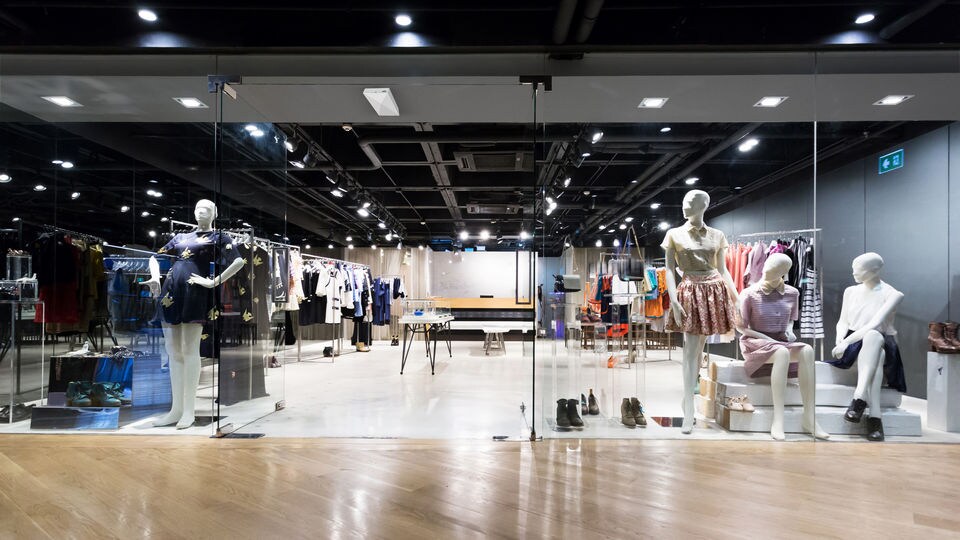- Home
- Loss Prevention and Liability
- Video Solutions
Video Solutions
Powerful tools for protecting assets and enhancing shopper experiencesWhether you want to mitigate shrink and protect your profits, empower your promotions with richer personas, or just improve operational effectiveness, you're in good hands with Sensormatic Solutions' robust video offerings.
Leading retailers trust our industry-leading video solutions to drive the revenue and ensure the safety of their associates and their merchandise. From Computer Vision solutions that deliver real-time insights to shelf sweep technology that helps prevent shrink and more, our video solutions can deliver results across the retail enterprise.
Fight Shrink in Real Time
Get real-time alerts when shrink events happen so your stores can take proactive action — rather than just reviewing footage after the fact.Meaningful Customer Insights
Get to know your true customers through demographics, in-store behaviors, paths to purchase, and more.Easy to Deploy
Our solutions integrate with your existing camera infrastructure, making deployment fast, easy, and affordable.
Video Technology That Powers Unique Insights Across the Retail Experience
Video technology provides powerful insights for loss prevention, shopper experience, inventory intelligence, and operational effectiveness. Go beyond video surveillance and see how video analytics can help address retail challenges.
Watch the video to see how computer vision technology can provide powerful insights across the retail experience
Focus on Protection, Experience, and Operations
We offer a robust selection of video solutions that provide real-time visibility and insights for better decision making for loss prevention, the shopper experience, and enterprise-wide operational effectiveness. To ensure you get the best technology available, we take a consultative approach across multiple video technologies and partner with leading manufacturers of hardware, management systems, and analytics software. And as a top system integrator, our team can tailor a customized video solution ideal for any retail environment and application.
Additionally, our suite of Computer Vision Analytics is focused on the most important challenges facing retailers today — each analytic is created to address a specific retail use case, delivering meaningful operational insights via Deep Learning Artificial Intelligence (AI) modeling.
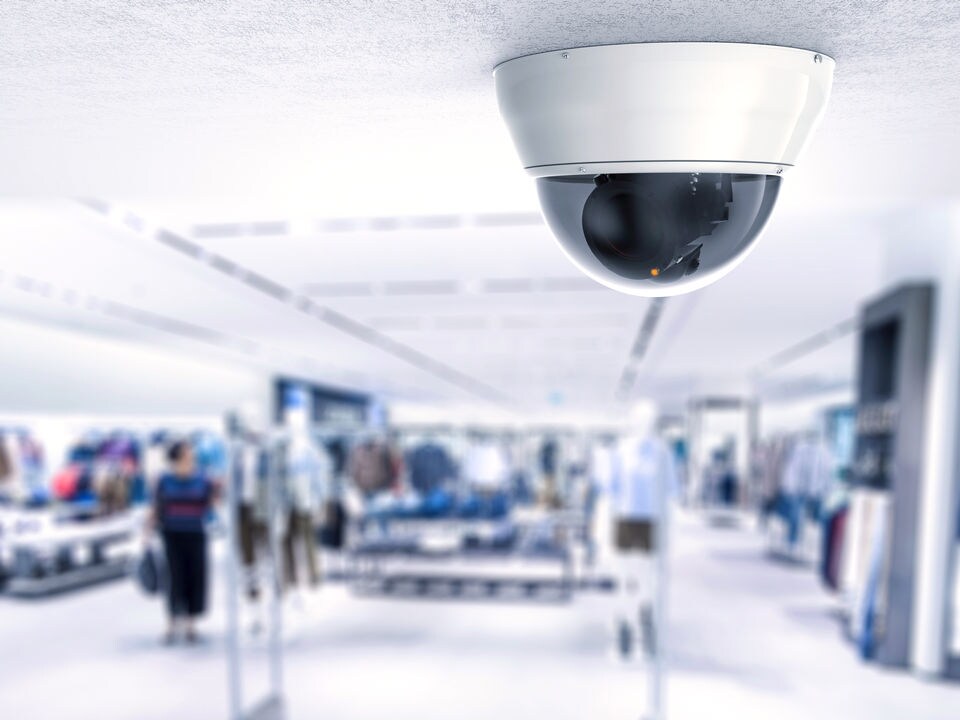
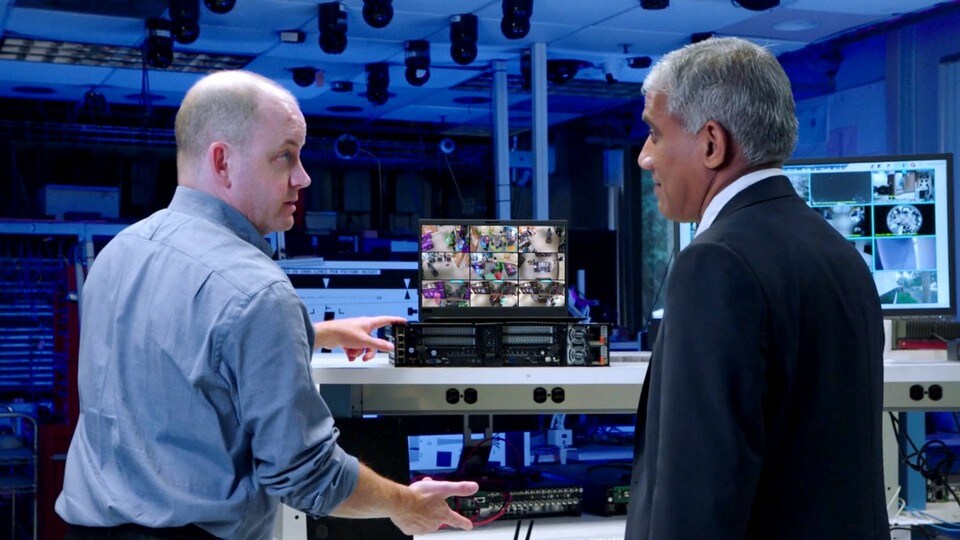
Watch the video to see how Sensormatic Solutions is revolutionizing retail with Lenovo ThinkEdge servers, powered by 3rd Gen Intel® Xeon® Scalable processors.
Ability to Integrate and Innovate
Our solutions are designed for ease and efficiency from the start, establishing a single point of contact across multiple technologies and technology providers. We also take pride in offering global operational excellence, providing best-in-class support when needs arise.
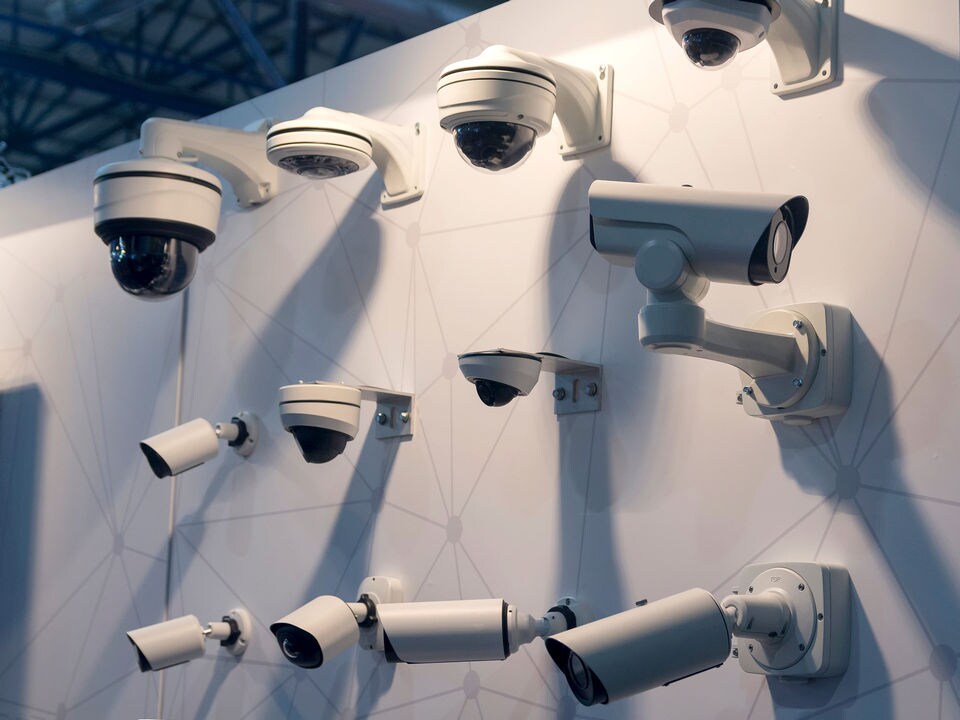
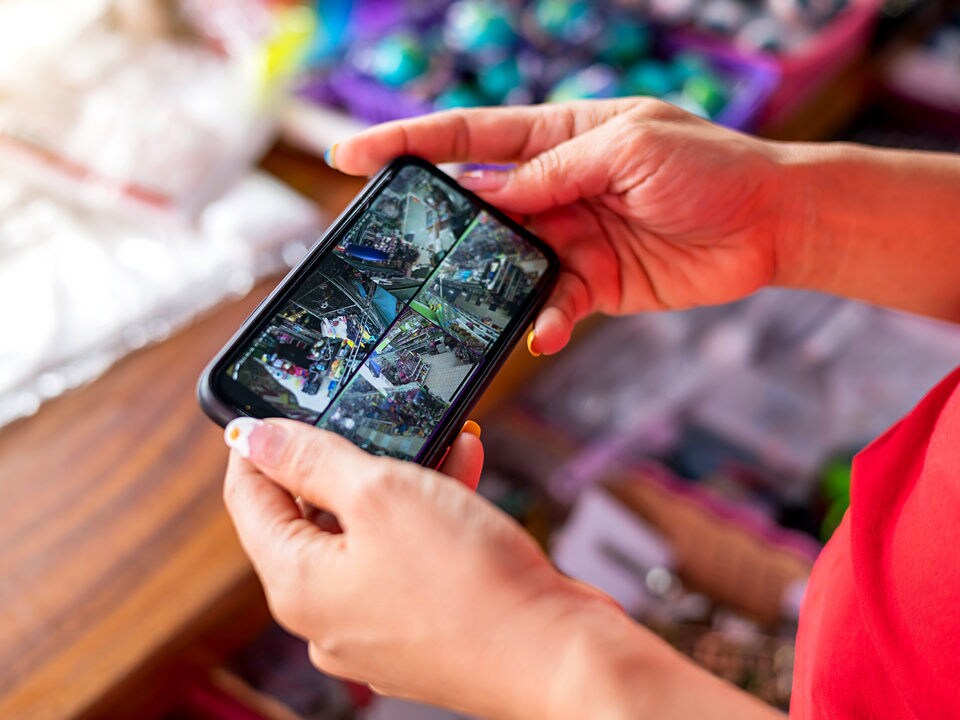
Seamless Retail Experience
Sensormatic Solutions has a range of video technologies and partners that enable design and deployment of customized solutions to help retailers meet their business needs. We consult, assess, plan, design and deploy the right solution to address your specific needs — opening the door to unique and powerful insights. Our vast retail expertise ensures each solution design increases security without compromising the in-store customer experience.
Customizable and Scalable
Ranging from small, customized deployments to large and complex international implementations, our solution set integrates multiple technologies to achieve more with fewer devices. Sensormatic Solutions' global scale reduces total cost of ownership across hardware, software, and networking costs, and enables a scalable model to support accelerated rollouts across vast geographies.
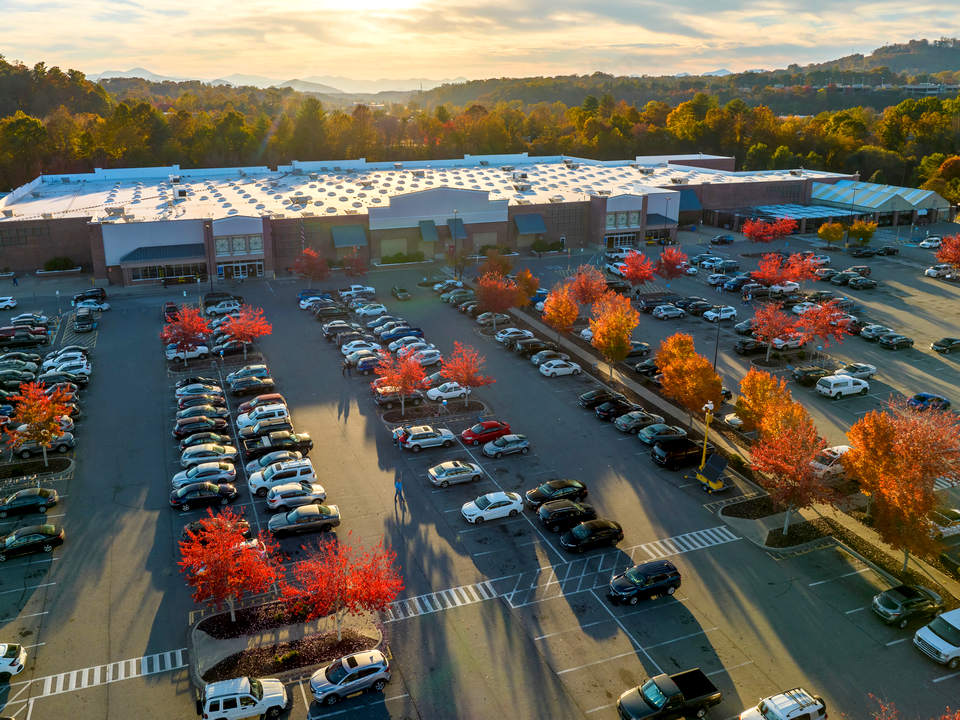
Explore Our Other Solutions


